Well-played Leica… well-played. For years now I’ve been wondering why in the world nobody other than Sony had created a full-frame fixed lens camera. Why is the Sony RX1/R the only option out there?
Clearly fixed-lens systems sell—just look at the wildly popular Fuji X100 series—and every two minutes another seasoned photographer has to explain why full-frame is not the be-all-end-all to another photo newbie obsessing over a Canon 5D Mk III.
And so I’ve been expecting a new full-frame fixed lens system to enter the market for some time… waiting… biding my time… “soon” I thought, then lowered myself back into the water to wait:

What I did NOT expect was that the company to come through for me and broaden this market wouldn’t be Fuji or Canon or Nikon (okay, fine, I had zero hope that Canon or Nikon would innovate… but a man can dream) but the storied brand Leica.
Enter the Leica Q

Say hello to the newest member of the Leica family, and what feels a whole lot like the future of Leica cameras: The Leica Q.
As is the habit at Leica, they spared no expense when it came to quality. This camera is a work horse with a great sensor, snappy autofocus, and a fixed lens that makes other, lesser lenses weep at its speed, sharpness, and gorgeous bokeh.
Plus, the camera is built by Leica, which means it immediately makes you feel just a little bit smug holding it… and terrified of thieves.
The basic specs, if you’re into that sort of thing, are as follows:
- 24MP full-frame CMOS sensor designed with the camera’s lens in mind
- Summilux 28mm f/1.7 ASPH lens
- Newly-developed Leica Maestro II series processor
- Record-setting 3.68-megapixel electronic viewfinder
- Fastest AutoFocus system in the compact full-frame camera class
- Macro mode
- 1080/60p video capability with built-in mic
- Built-in WiFi and NFC
- Frame selector that auto-crops to 35 and 50mm using rangefinder-like framing lines
But specs tell an incomplete story—what does this camera actually feel like? Fortunately, I had the chance to try the camera out for a few short days. Scroll down to find out what I thought.
Hands On with Leica’s New Baby
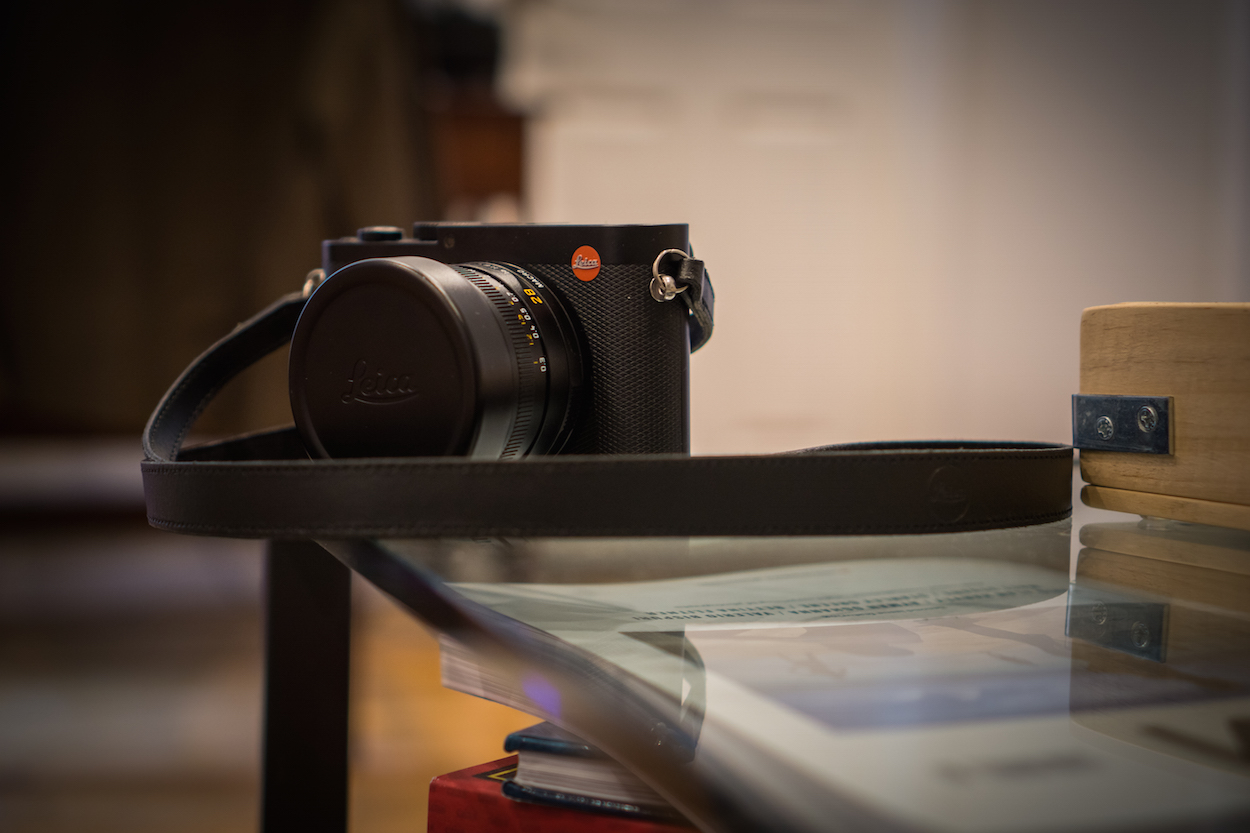
There is really only one question a reviewer should have to answer before she or he says anything else: were you sorry to give the camera back?
My answer? Yes… very very much so. After just 3 short days with the Leica Q, it was with a heavy heart that I handed it to the messenger who came to collect it. There were two reasons for this: 1) This camera rocks, period; and 2) I can’t afford it.
We’ll get to that second part in a sec. First, let’s talk about why this camera was such a joy to shoot with.

All the Leica Joy, None of the Hassle
When I spoke to Leica they said the camera is aimed at Leica pros who want an easy-to-use, versatile backup for their M system; but what makes it special is that it caters to everyone, opening up Leica to a whole new set of users that have never considered the brand before.
You can set it to all Auto modes and capture great shots, but you can just as easily control every single part of the exposure triangle manually and feel like a true Leica boss.
The f/1.7 lens clicks up in 1/3-stops all the way to f/16, manual focus offers just enough resistance, and the shutter speed dial is easy to reach and changed with a satisfying click.
In short: this is the every-person Leica.
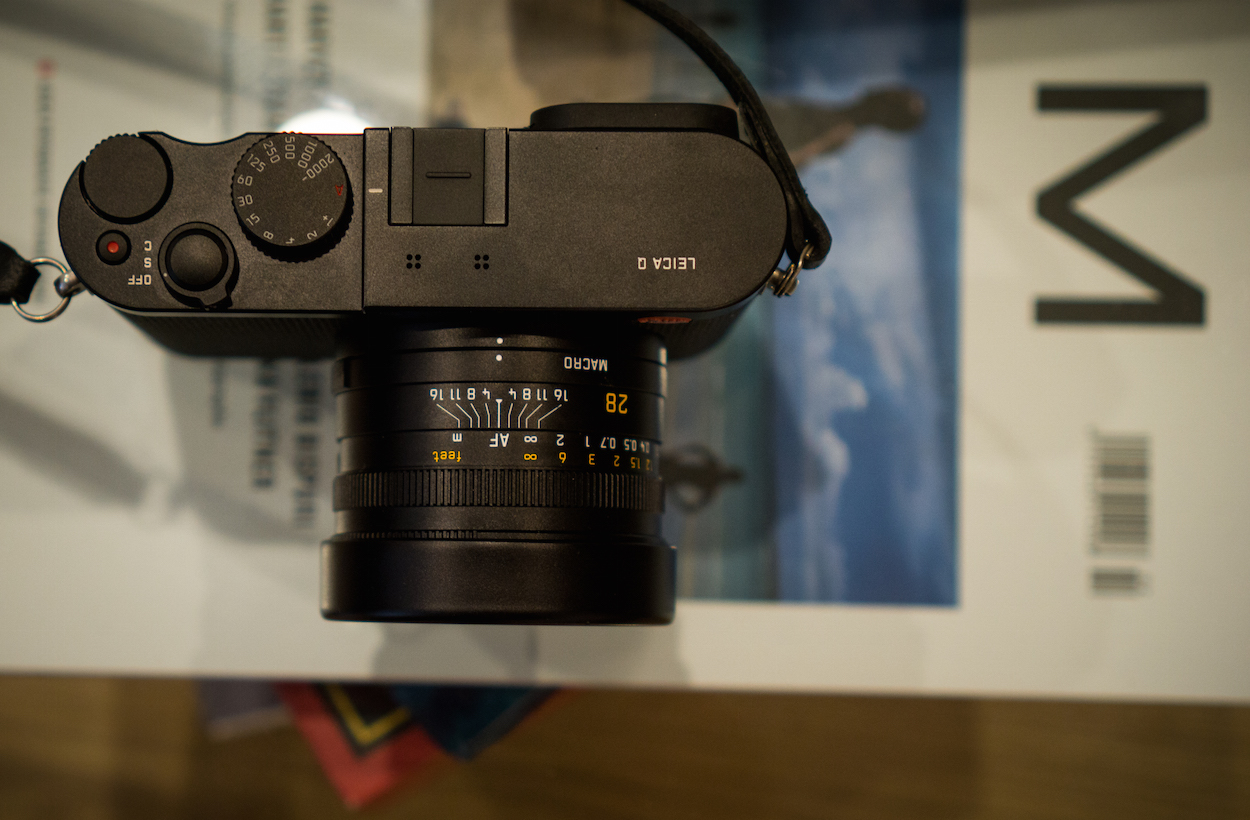
AutoFocus
Manual focus lovers will adore this camera, but the truth is that you will never want to switch into manual because the AF is spec-freaking-tacular… to put it lightly.
I use a Sony a6000 day-in and day-out and I love it. It has a super-fast focus system. It’s great. But picking it up after giving the Leica back felt like picking up a Canon M series. Why was my previously snappy camera hunting for focus so much? Did it always take this long? Does it need servicing?
Nope.
I took to this AF system like a fish to water, ignoring manual focus and focus peaking entirely in favor of the super easy-to-customize system, only to hate myself later when I had to give it up. You’ve been warned.
Macro Mode and Frame Selector
The Macro mode works incredibly well. No, you won’t be taking perfect focus-stacked pictures of spiders in your backyard on the first shot, but when you combine Macro mode with the 50mm Frame Selection digital zoom crop, you can get VERY close to your subject and keep it in ultra sharp focus.

And speaking of the Frame Selection, I found myself using it more than I ever expected. An easy-to-access button lets you quickly switch between the native 28mm frame, a 35mm crop, and a 50mm crop, and it quickly became a go-to for me when I needed a different focal length on the fly.
Yes, it’s digital zoom, but you lose nothing: you can see the whole scene around the crop, and when you load the photo into Lightroom you see that the whole frame was captured so you can still uncrop it.
Overall Impressions
In the end, this is a first impressions post. I only had the camera for three days, and two of those days it was pouring rain which made me hesitant to take not-my-camera out shooting… especially when not-my-camera is NOT weather sealed (one of the only downsides of this camera).
Limited time issues aside, my first impression is this:
This is a game-changer for Leica, no question about it.
A single good shooting day with this camera is not enough, and not because it didn’t give me enough time to test everything… because I desperately want to own it.
I’m the guy who never switches lenses. The guy who wants to get into street photography but equally enjoys landscapes and wants to try his hand at milky way photography too: this camera has the potential to do it all with its kick-ass lens, exceptional high ISO performance, and ease of use.
You won’t go birding with it at this focal length, and you won’t see the Leica Q on the sideline of a sporting event, but the combination of sharpness, autofocus, and Leica quality makes the camera a versatile beast and a joy to use.
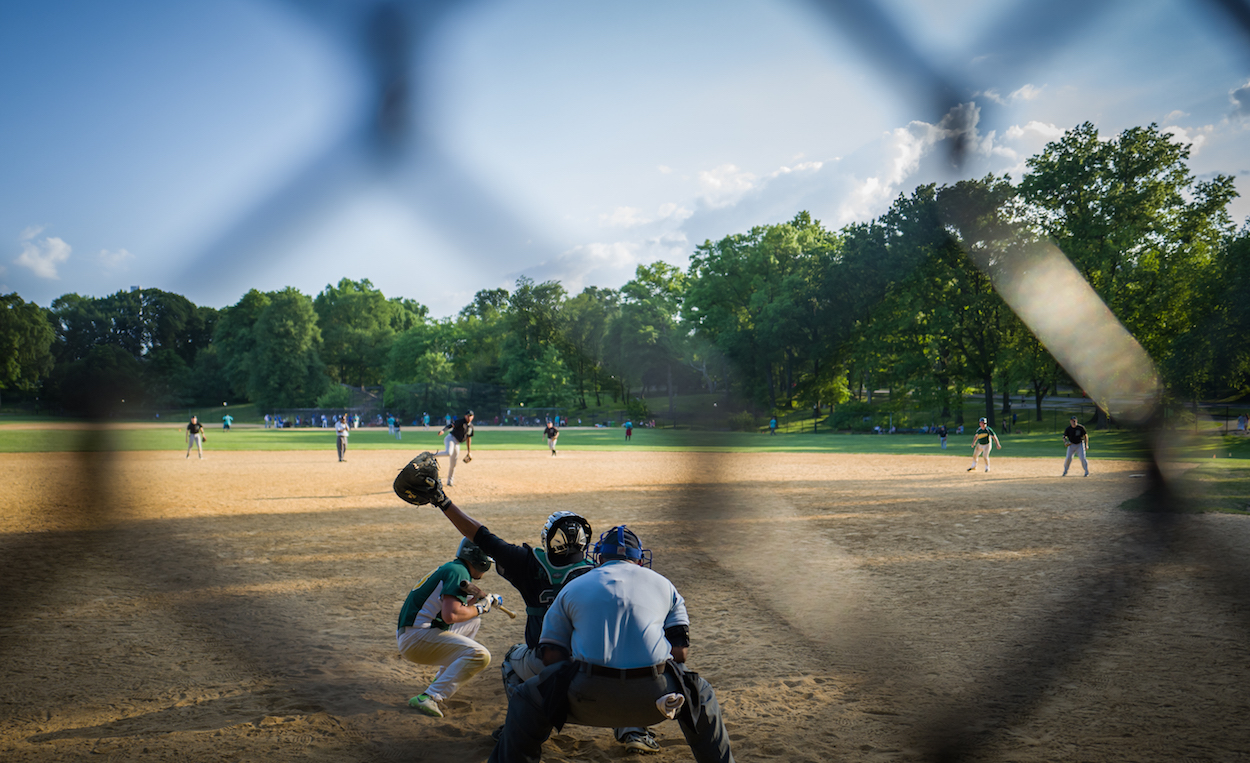
I can’t say enough about this camera and how sad I am that I cannot, ever, possibly afford it… which brings us to the conclusion.
Conclusion
It’s the moment you’ve been waiting for. “Okay! We get it! It’s a game changer… and you love it… and it’s awesome. What do I have to do to own it?”
You have to have deep pockets, because apparently you really do get what you pay for. Hand-crafted Leica amazingness never has come cheap and the Q is no exception: it costs $4,250.

My favorite shot from my short time with the Leica Q in Central Park.
Relatively speaking, that’s cheap for a Leica product (and a fantastic one at that), but it’s still out of reach for a lot of people. That said, it’s an easy buy for anybody who has been considering a Leica-level product and has the cash to drop.
As one reviewer put it, “If you were thinking about buying a 28mm Summilux for your M240, buy a Leica Q instead because you will get a second body with better low light performance and a lens with superior bokeh, while saving a few thousand.”
And with that, I’ll leave you to drool over some of the official sample photos and production shots Leica sent my way this morning when the camera launched.

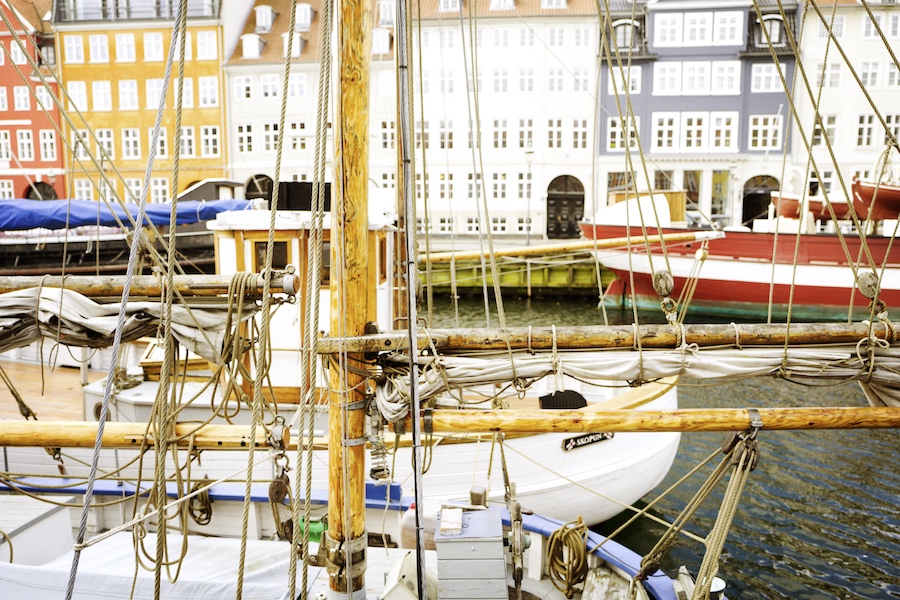
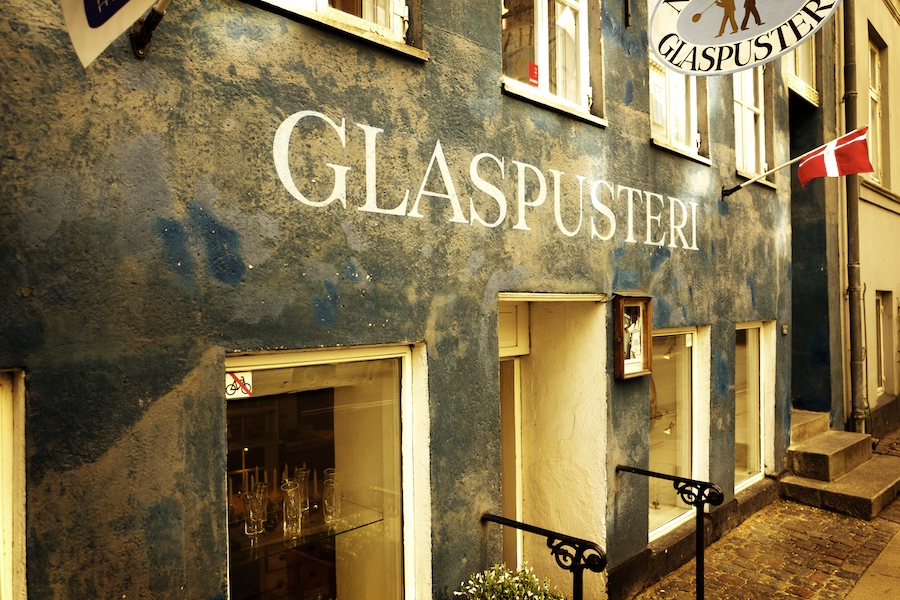
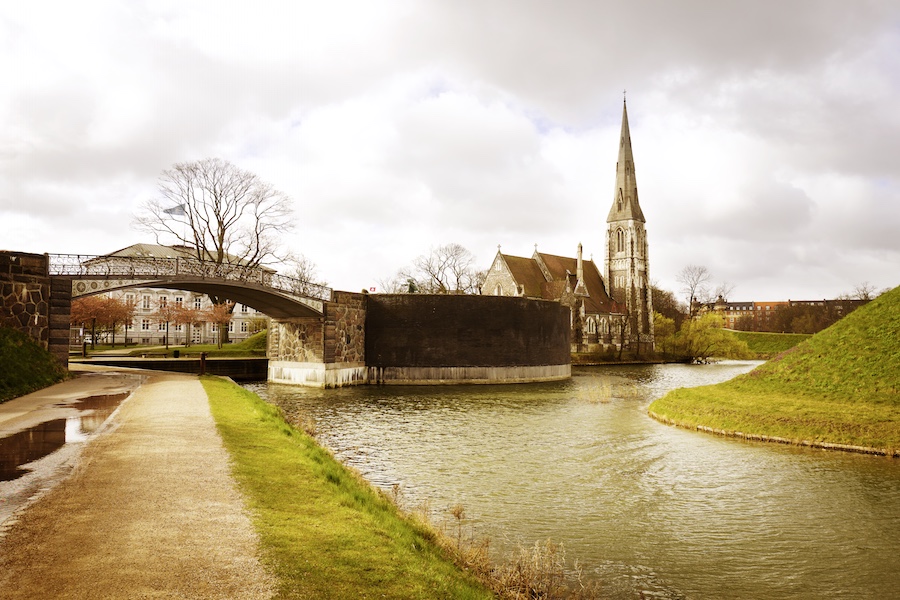
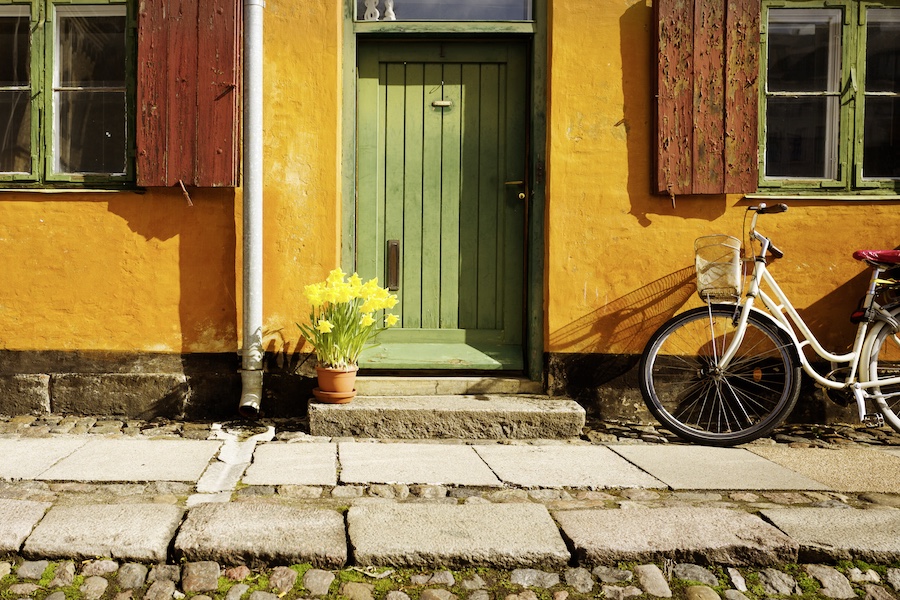

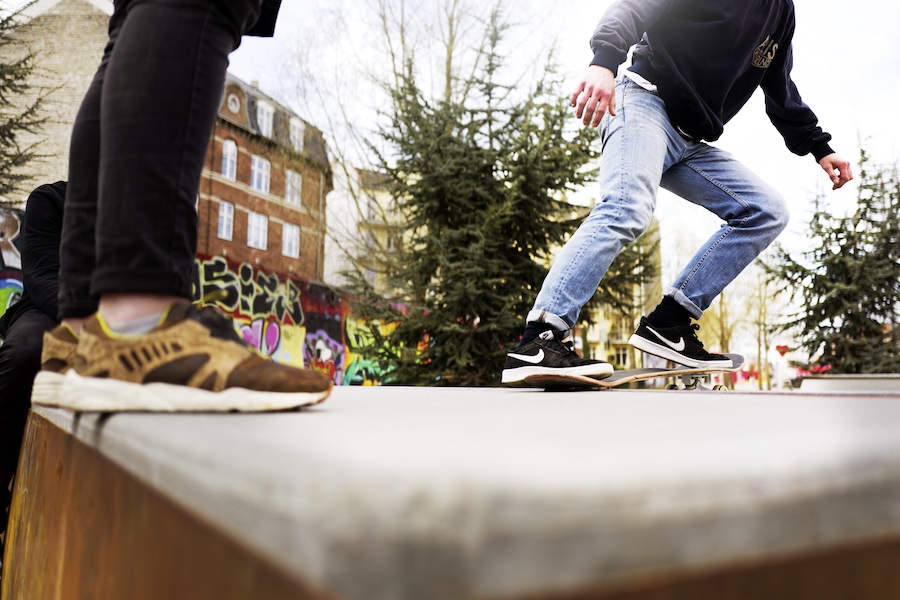



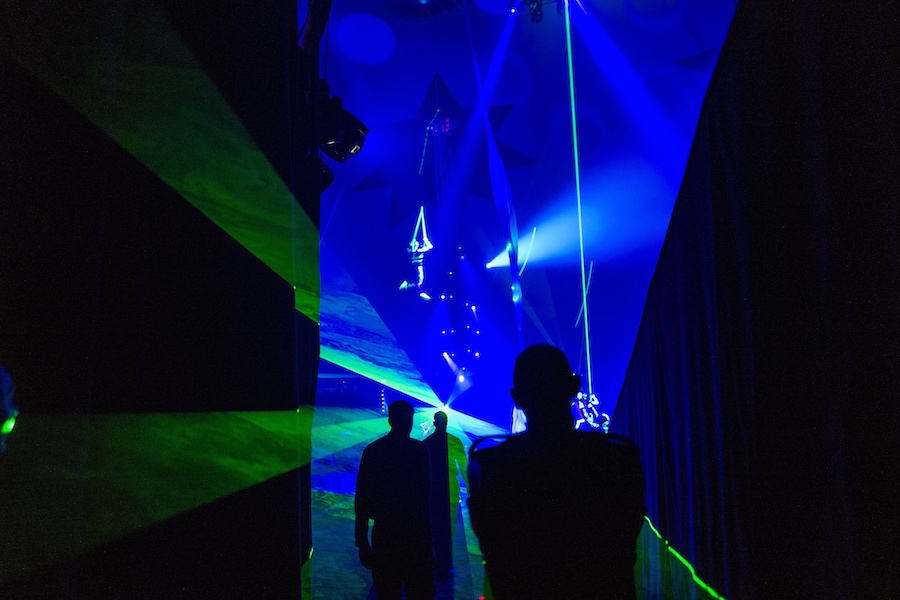
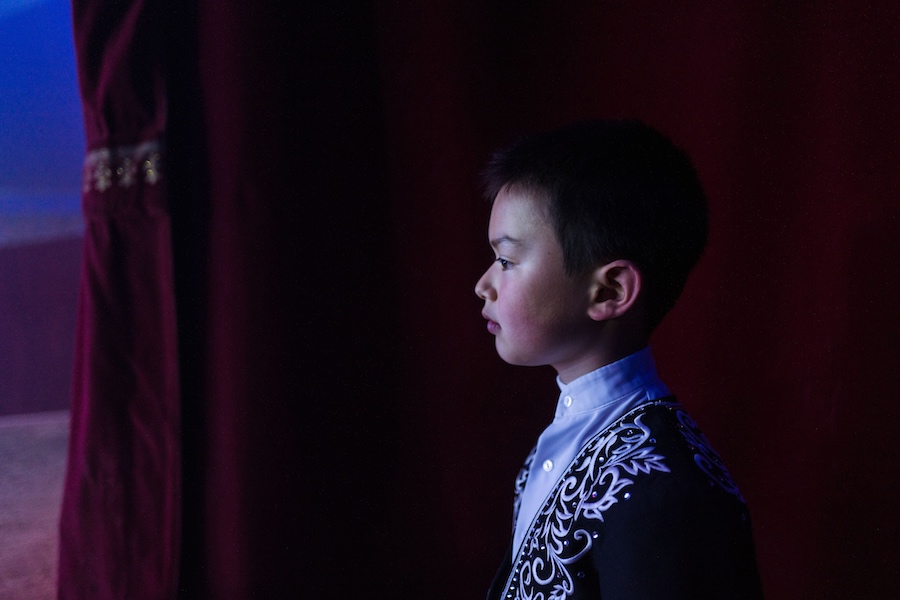
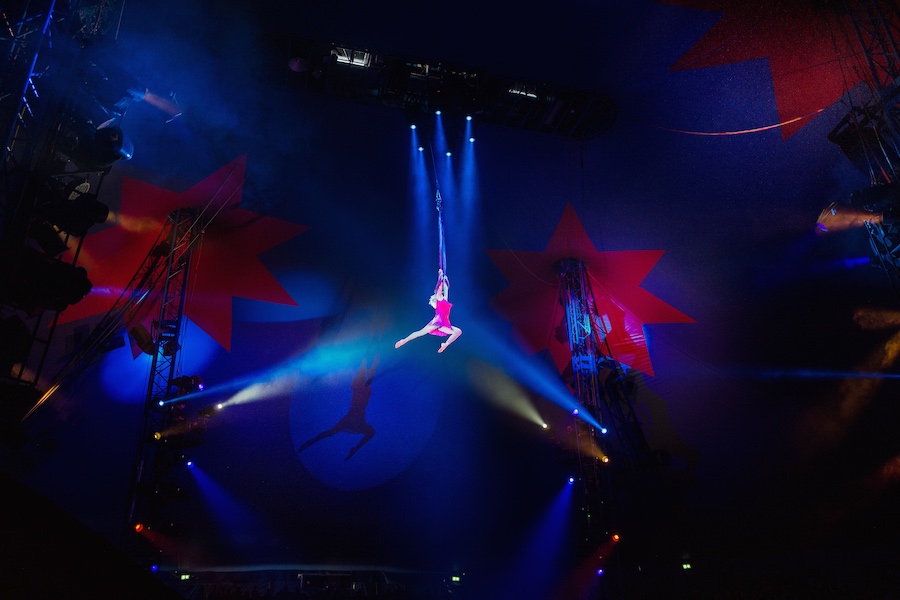
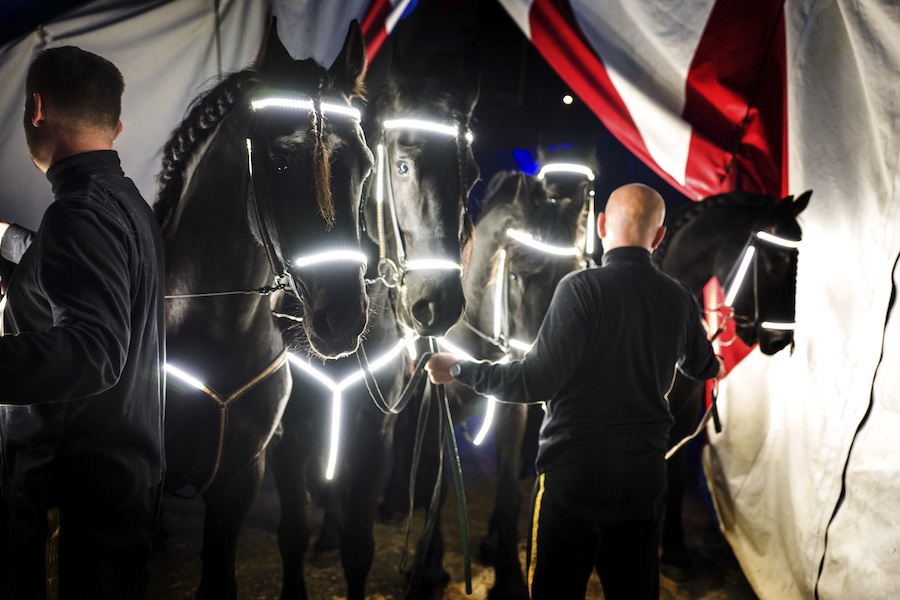

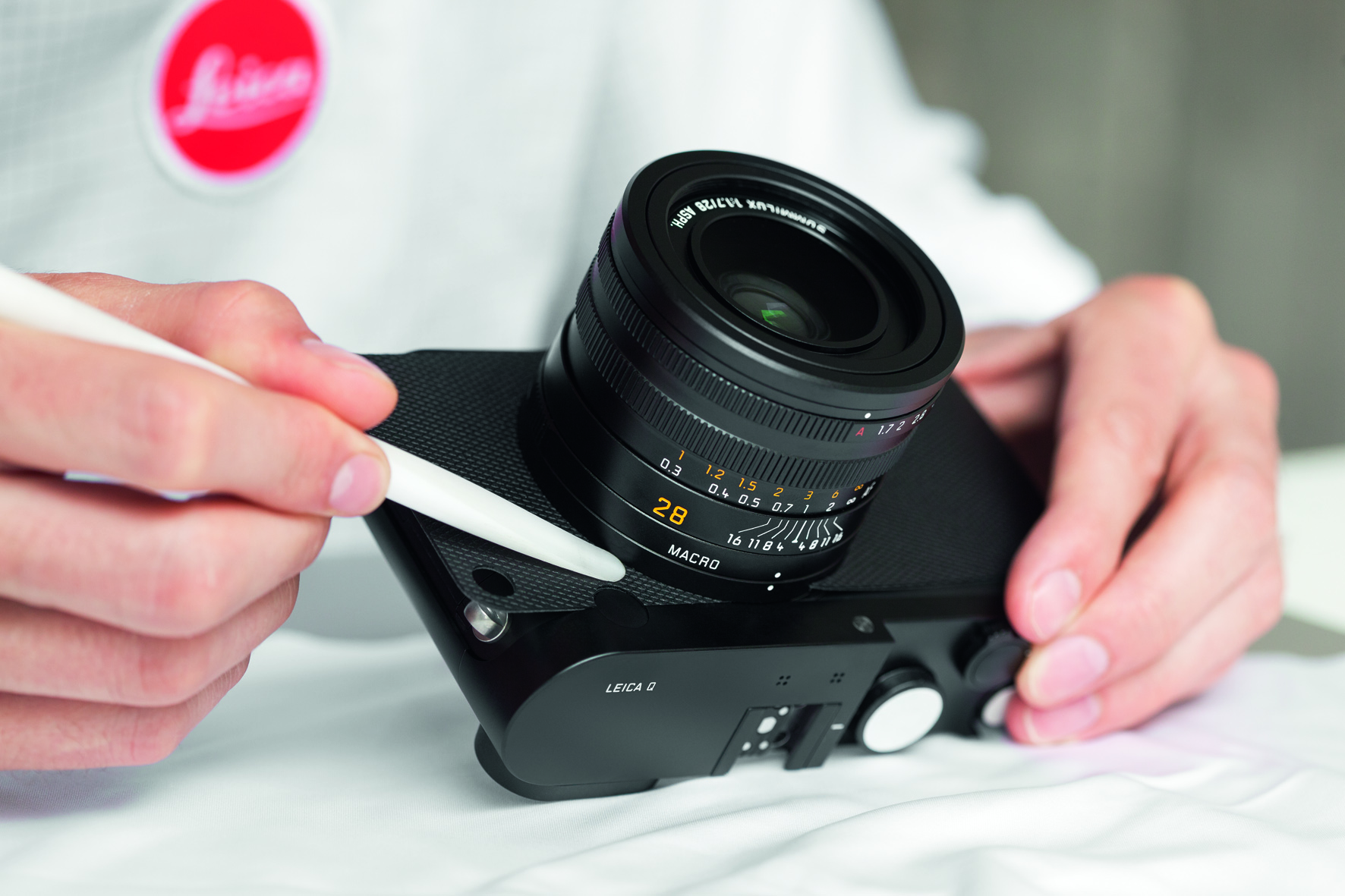
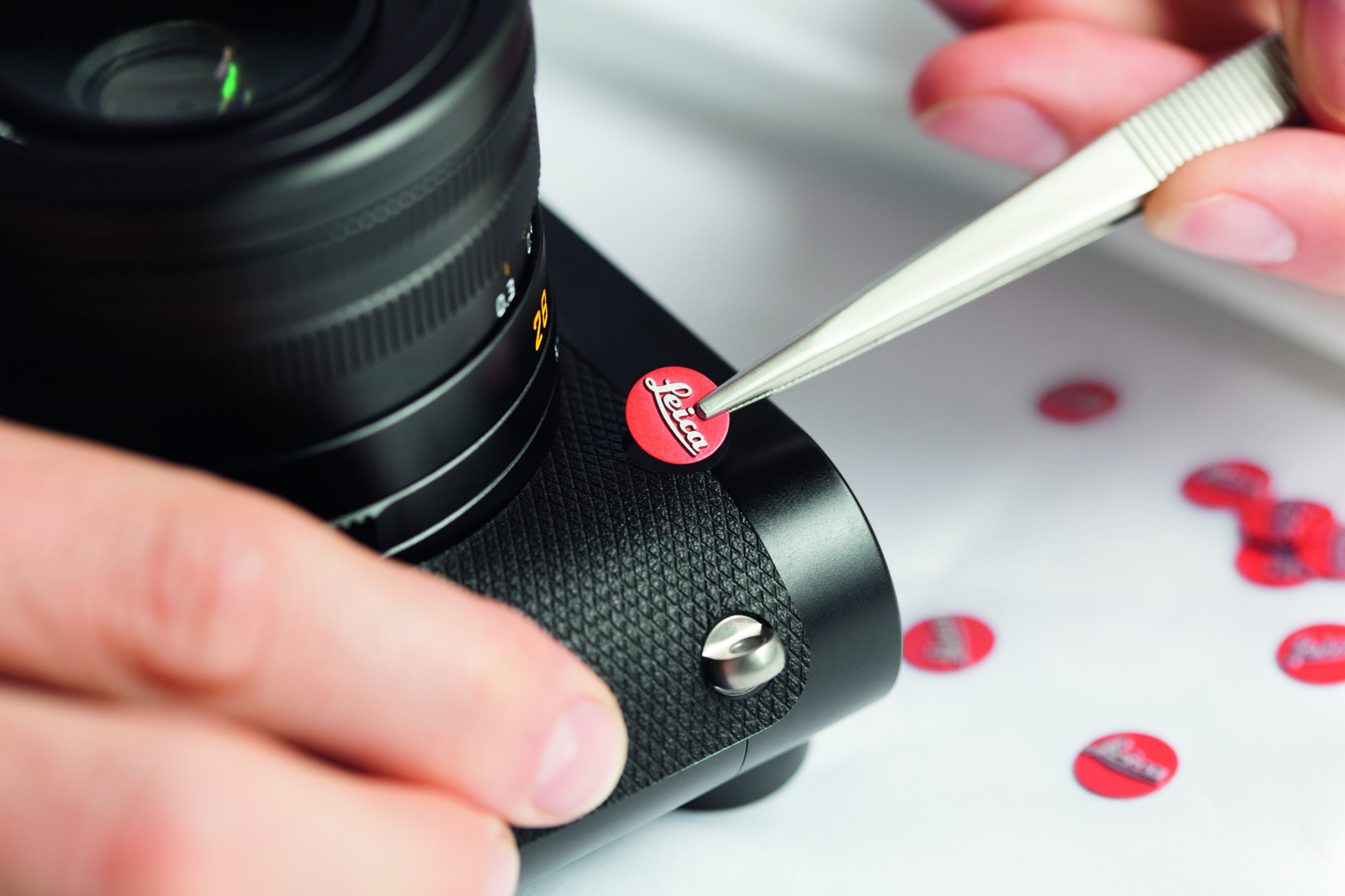
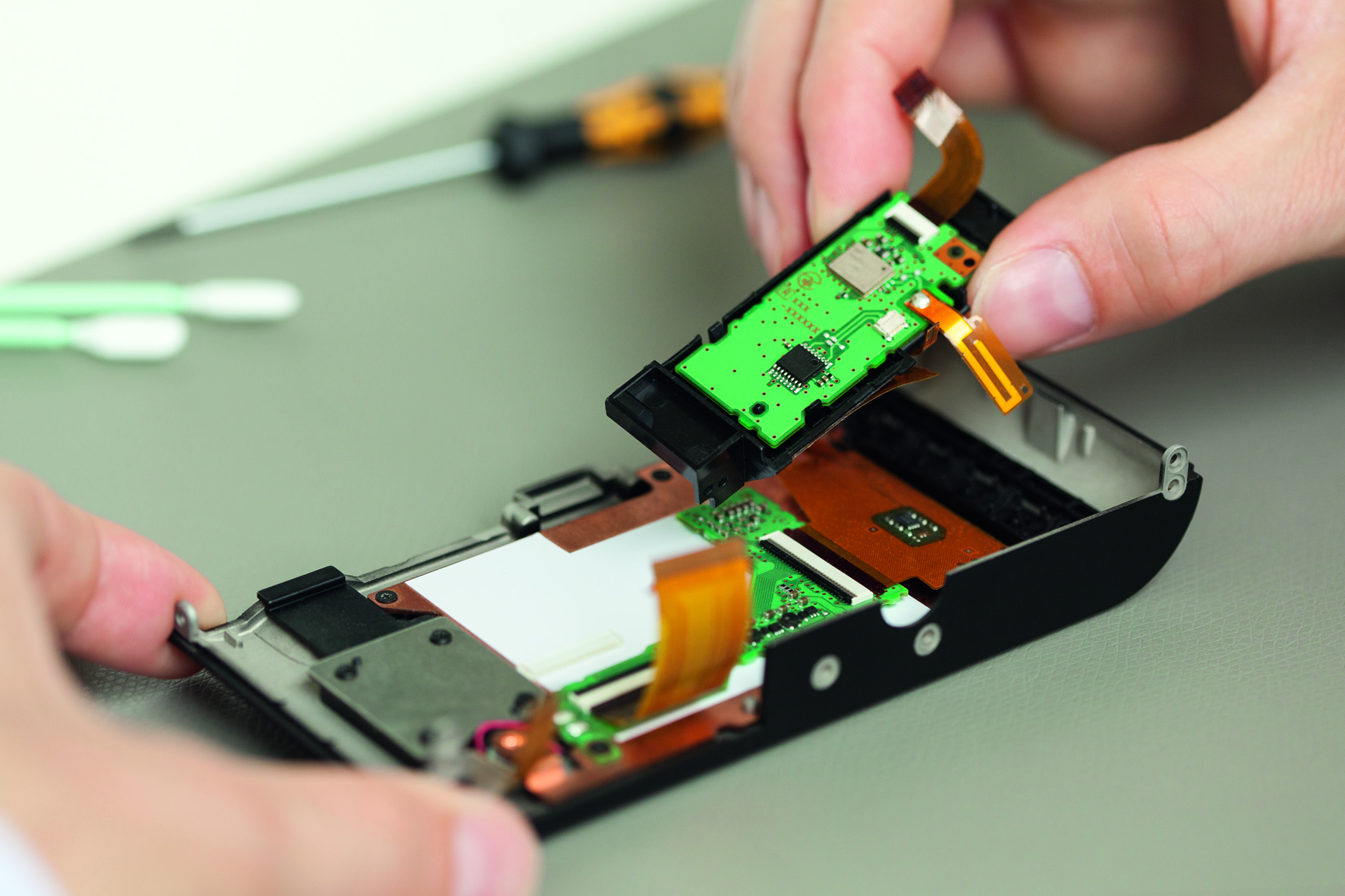
If you have specific questions I didn’t answer, don’t hesitate to drop them in the comments. And don’t forget to check back in the coming weeks for a much more comprehensive review where we’ll compare the Leica to its only real in-class competition: the Sony RX1R.
To learn more about the Leica Q, check out the Q’s official website by clicking here.
P.S.: 500px user Louis Ferreira—who has infinitely more experience with Leica products than yours truly—had the camera for a few days and put it through an impressive series of tests. Read his full review on Leica Rumors and see all HIS sample images by clicking here.
Additional Resource:
- The Best Cameras Lenses For Different Styles Of Photography





Leave a reply